No one tells you what having a puppy is really like…until now. Find out how your 3-month old puppy is growing and changing and what you can expect from your 12-16 week old Dood.
By now, your puppy has been with you for a few weeks. How are you faring? If you thought a 2-month old puppy was a challenge, that’s not likely to change much this month!
Between the biting, accidents in the house, crying in the crate, and perhaps some ruined shoes (or furniture), I’ll bet you’re thinking you didn’t know it was gonna be this hard. Having a puppy is an adventure, right? I get it – really.
It’s been about 12 years since Chloe was this age. But, my toddler is constantly helping me relive those difficult days (if you know what I mean). I know kids are not like dogs. I really do! However, it is true that puppies at this age are at an “elementary school” age.
Doodles continue to go through astounding physical and behavioral changes right now. And as hard as some days are, your puppy really needs you and your leadership during this crucial development stage. Remember: This too shall pass.
In the meantime, it might interest you to learn what to expect with your 3-month old puppy, both developmentally and as a Doodle puppy parent. Take a break, grab a coffee, and let’s cover everything you need to know about your 12-16 week old puppy.
Learn How to Care for Your Doodle Puppy!
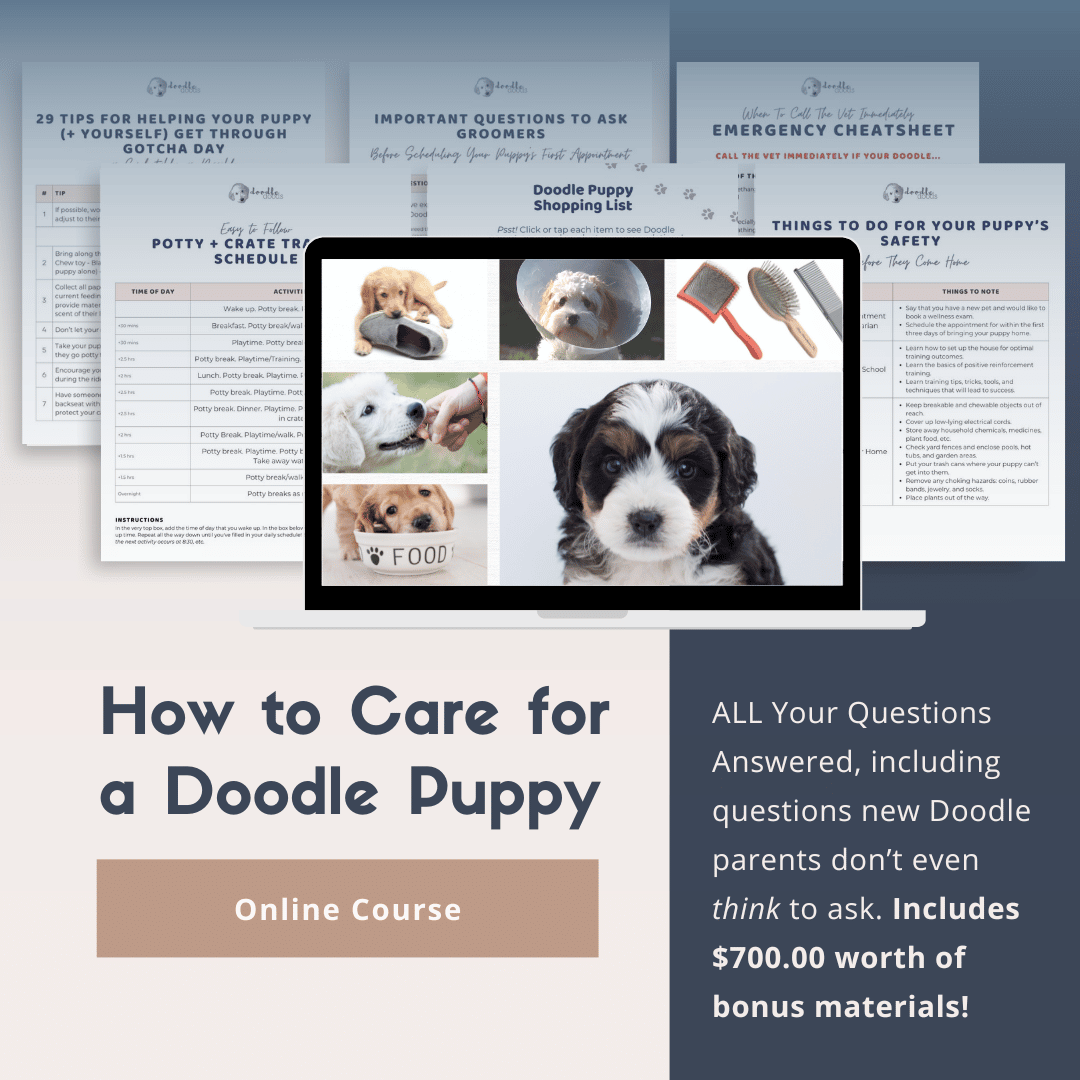
Perfect for first-time Doodle parents, get ALL your questions answered, including questions new Doodle parents don’t even think to ask.
Plus, get $700 worth of Bonus Materials for FREE, including:- Doodle Parenthood Community and Support Group ($190 value)
- Doodle Puppy Growth Tracker ($20 value)
- EMERGENCY Cheatsheet: When To Call The Vet Immediately ($50 value)
- HELP! Button ($145 value)
- And SO MUCH MORE!
Socialization Period (12 To 16 Weeks)
At this point, your puppy is nearing the end of a critical window for socialization. (It closes around 16 weeks.) Here are some tips for facilitating socialization and making the most out of this brief window of opportunity:
- Continue exposing him to new people, places, things, loud noises, small crowds, etc. It’s important to acclimate him to as many new experiences as possible to teach him that “new” doesn’t equate to “scary.”
- Encourage a variety of people and healthy animals to interact with and have a positive experience with your 3-month old puppy.
- You can now bring him to private homes where you know the pets are vaccinated and healthy.
- Get him used to being handled by doing puppy handling exercises with your Doodle.
- While socializing Puppy, always keep things positive and upbeat. Reward him when he explores these new experiences without fear.
12-16 Week Old Puppy Growth: Physical And Behavioral Development
He’s come a long way, baby! Your puppy is growing, changing, and learning more each and every day. So much so, it’s hard to keep up with everything that’s happening. Let’s dive in and get a sense of the changes that your puppy is experiencing this month.
3-Month Old Puppy Physical Development
- Your puppy should have good control of his bladder and bowels now. Continue to keep a potty routine. By the end of this month, he should be able to wait (up to 4-5 hours) in between potty breaks.
- He will probably begin to sleep through the night without potty breaks or accidents in his crate.
- Doodle pups need more and more food as they grow; be sure you are feeding appropriate puppy food and an appropriate amount of it.
- He’s likely teething. You may even occasionally find a baby tooth lying around. Expect biting and chewing, and don’t be surprised to see swollen, bloody gums. Teething should slow down around the end of this month.
- At 12 weeks old, your puppy can go from four to three meals a day.
- He will be growing at an individual growth rate; be sure to keep track of his growth with our Doodle Puppy Growth Tracker!
- Your 3-month old puppy is still growing quite quickly. By the end of this month, your 16 week old will look less puppy-like and more like a small version of his adult self.
- Doodles start to get their adult hair now, so you may see longer, wavier, or curlier hair coming in.
3-Month Old Puppy Behavioral Development
- Your puppy has started to understand “ranking” in terms of submission and dominance.
- He starts to understand that he needs to go potty in an appropriate place during this timeframe, and some may even be fully house trained by the end of this month!
- Your Doodle is still actively working on social skills and learning from his pack members (you!).
- He will be very receptive to training with high-value rewards like food and treats.
- Puppy’s curiosity levels are extremely high right now, so make sure your home is “puppy-proofed” so that your Dood can’t get into anything dangerous.
- They seem to have boundless energy for romping, playing, and exploring.
- Your 12-16 week old puppy will still sleep most hours of the day (thankfully)!
What To Expect As A Doodle Parent
- Continue visiting the vet regularly for vaccines, deworming, and routine check-ups until your Doodle is 16 weeks old.
- Most puppies are especially mouthy during this timeframe, so you may still see (or be the victim of) excessive biting and chewing.
- If you haven’t already, introduce them to the leash right away – starting inside the home, then moving to your yard.
- You’ll want to begin obedience training ASAP, as well. Puppy training classes can help guide you through basic training, address behavior problems, and socialize your dog.
- Your puppy still lacks manners and self-control. Be consistent in your training (i.e., no jumping, biting, or excessive barking).
- Start looking into groomers in your area, and make an appointment for an introductory grooming session, once your Dood gets all his vaccinations.
- Lots of absolute joy, puppy-eyes, slobbery kisses, and swoon-worthy moments.
- And…you might get your sleep back (or not quite yet)!
Precautions To Take For Your 3-Month Old Puppy
- Until your Doodle is fully vaccinated (16 weeks), he should not be around unknown animals or put on the ground in public places.
- Continue providing a lot of puppy-safe toys to redirect undesirable chewing in an appropriate way.
- Be sure to continue to keep “chewables” out of reach (i.e. houseplants, electrical cords, shoes, etc).
- Keep your 3-month old puppy in his crate anytime you aren’t home so that he stays safe.
- Do an evaluation once a week on how much you’re feeding your puppy to see if the amount needs to be adjusted.
- Continue to avoid giving him hard chew toys, bones, hard nylon dog toys, antlers, or hooves – all of which can damage soft puppy teeth.
- Brush him every day to avoid matting as he starts to shed his puppy coat, and trim his nails weekly.
- Don’t punish your 12-16 week old puppy for any reason. Instead, encourage the behaviors you want through high-value rewards.
At the end of this month, your 3-month old puppy is looking more and more like a miniature adult dog, continuing to get used to new and unfamiliar experiences, and may even be fully house-trained. (Yay!)
He’s still cute as a button, and likely loves a good snuggle. Distract him (and you) from some of the chewing with some cuddle time and positive attention.
Find out about what to expect with your puppy from 16-20 weeks.

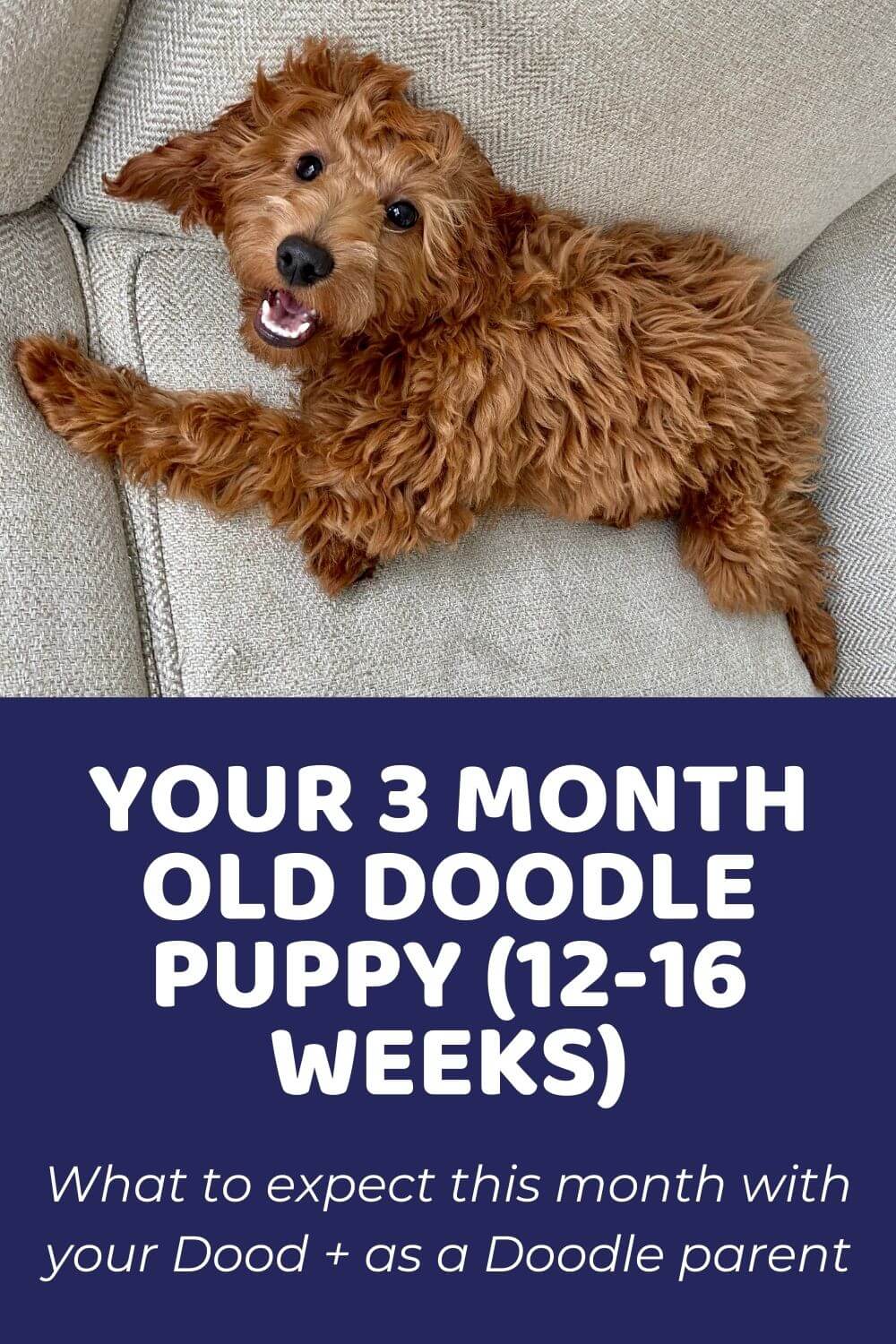

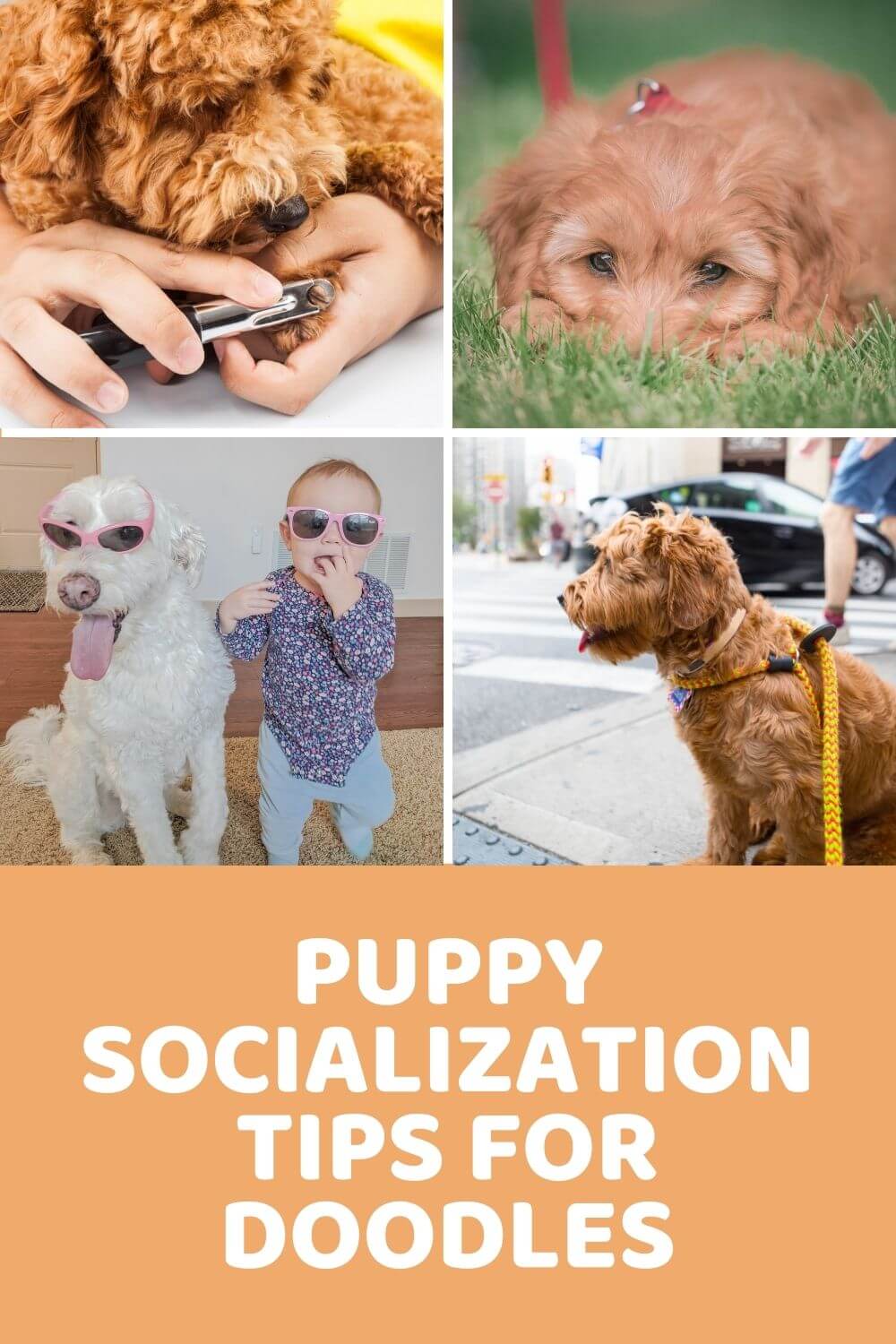
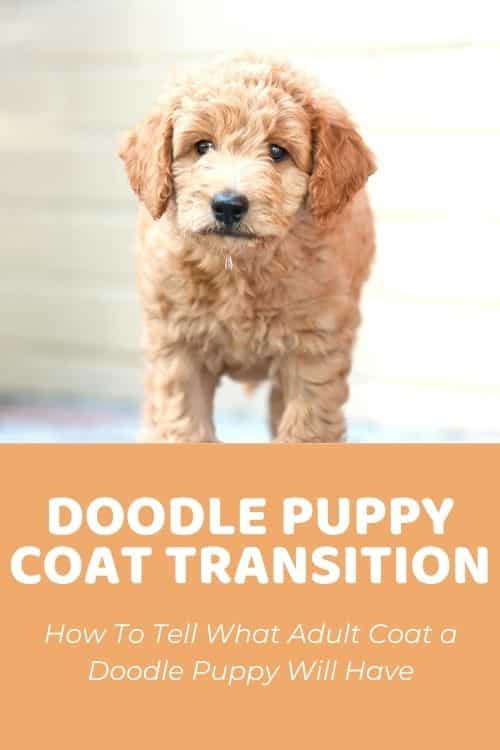
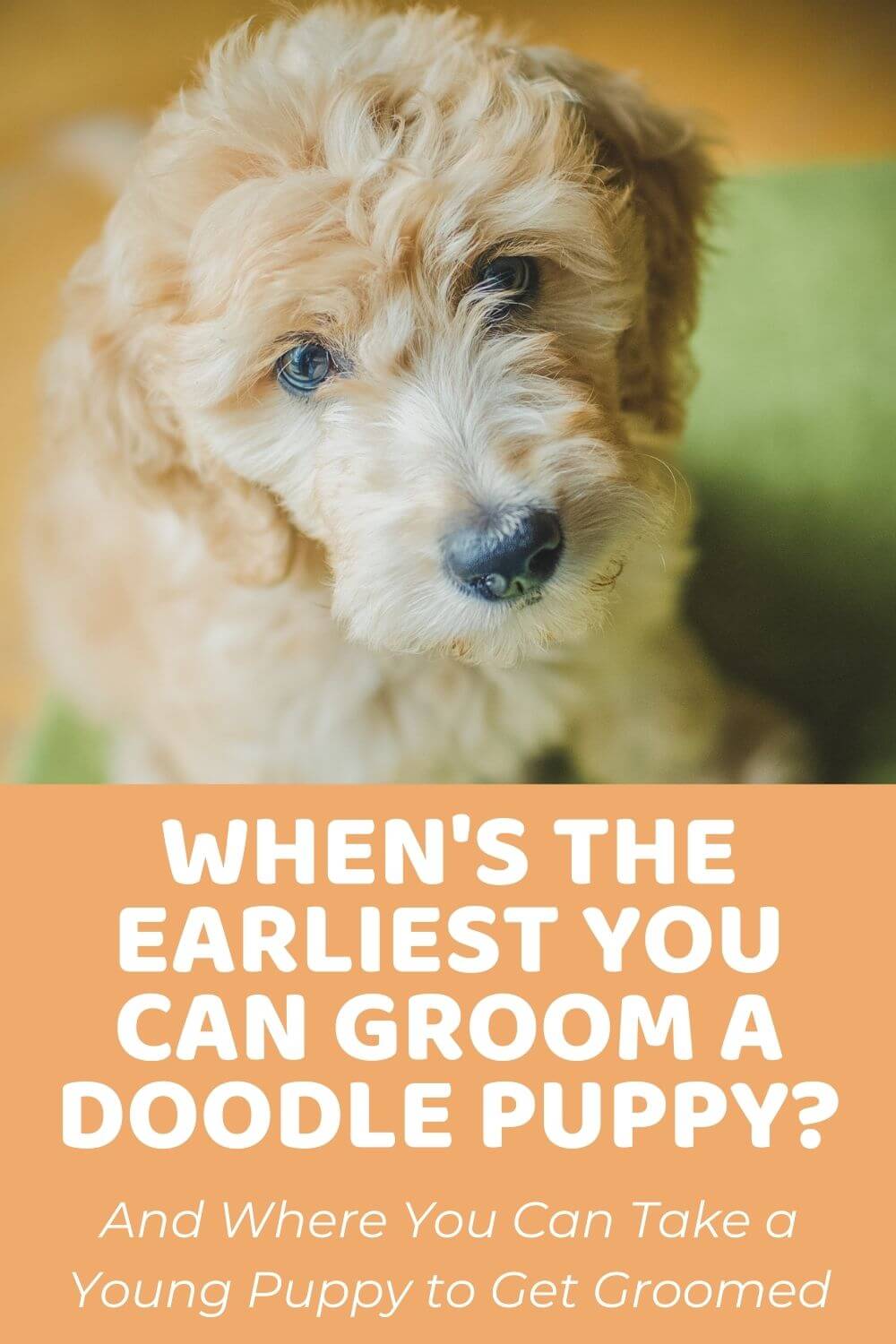
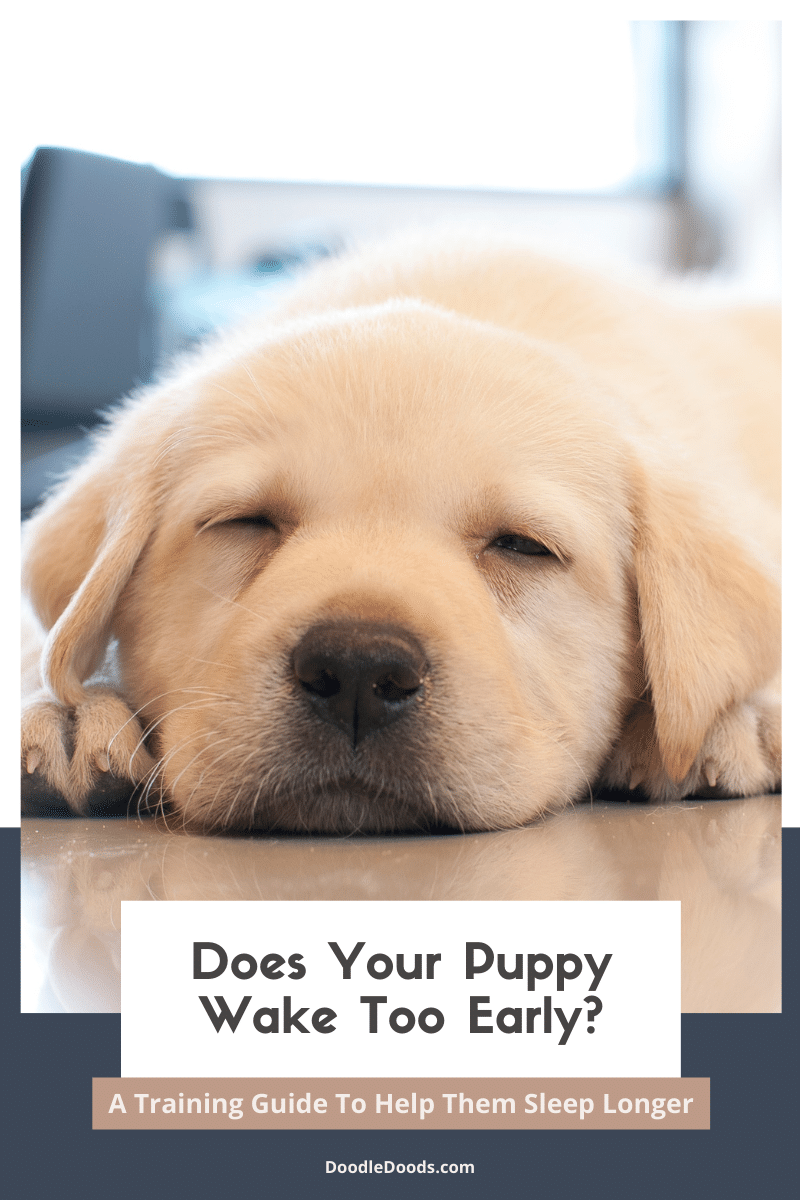
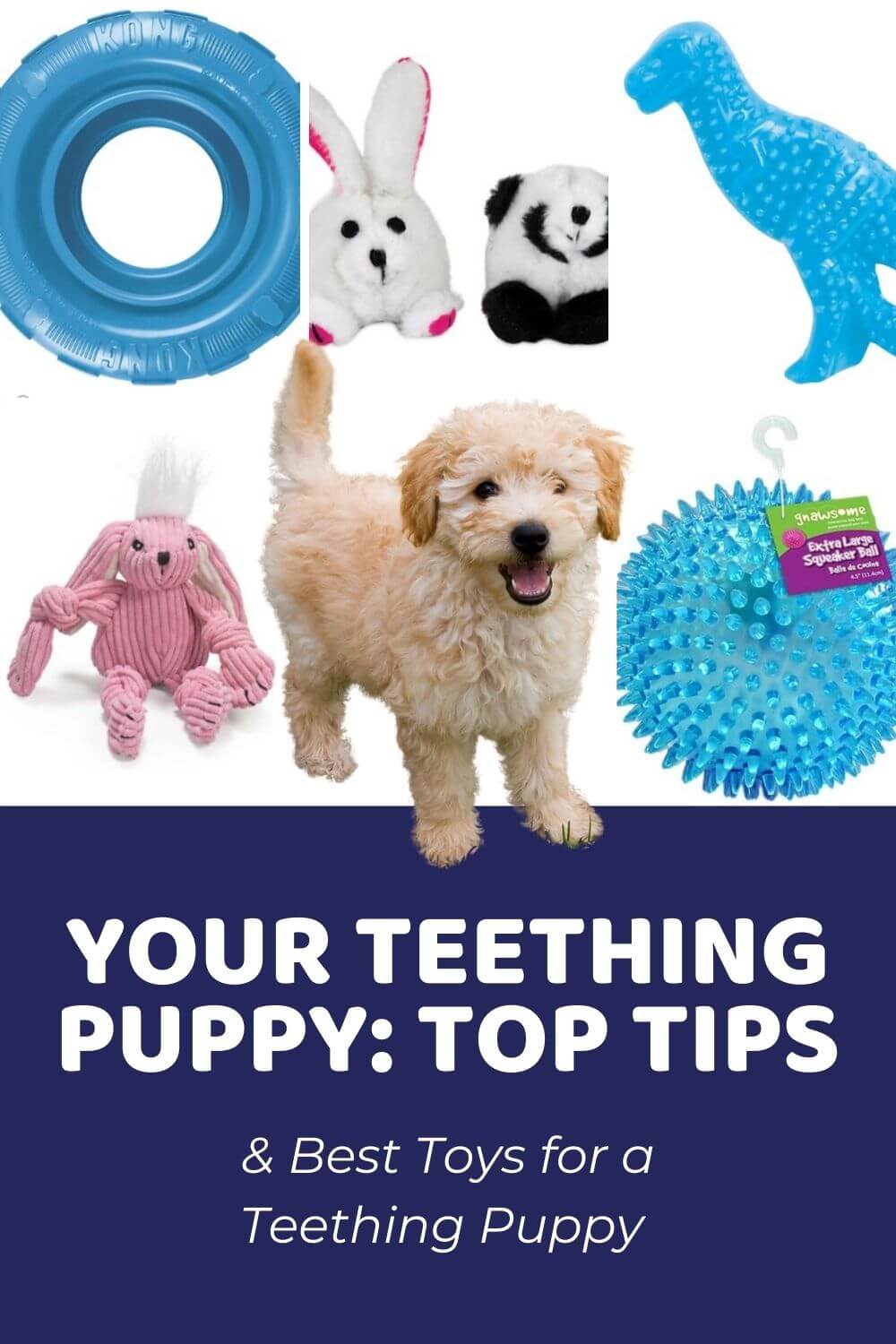

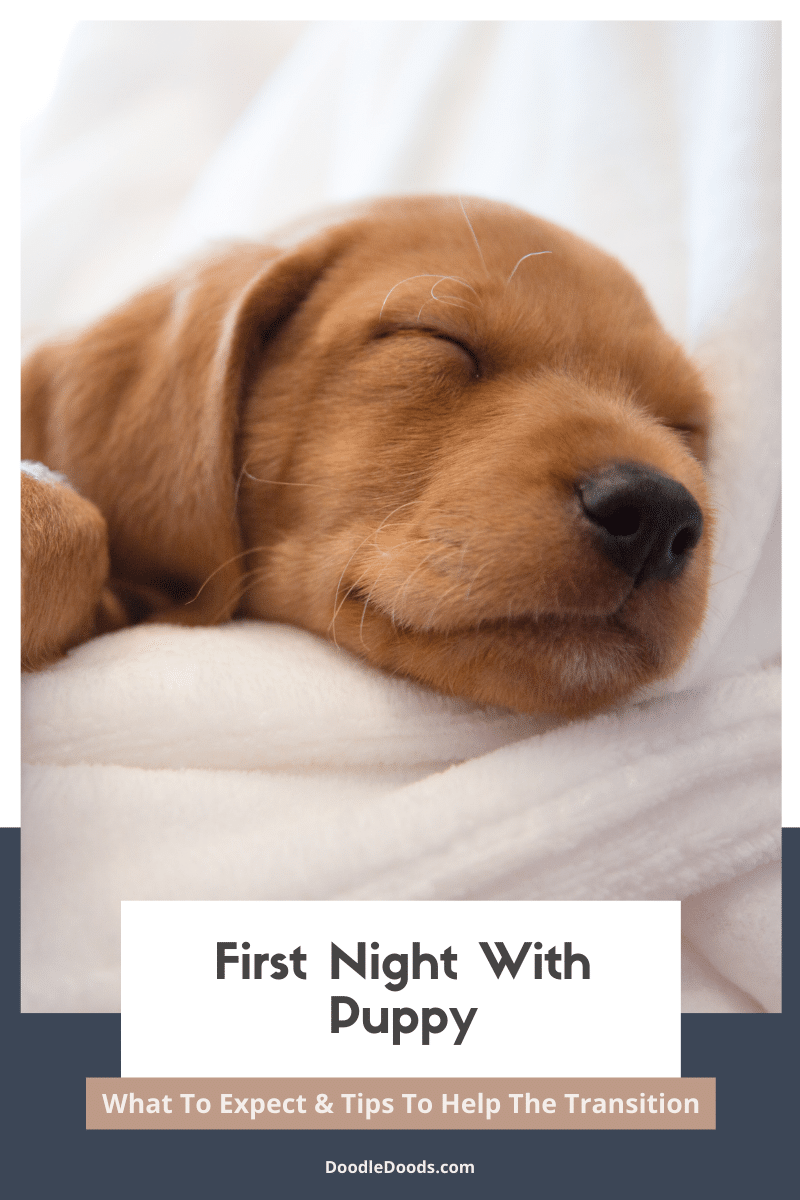

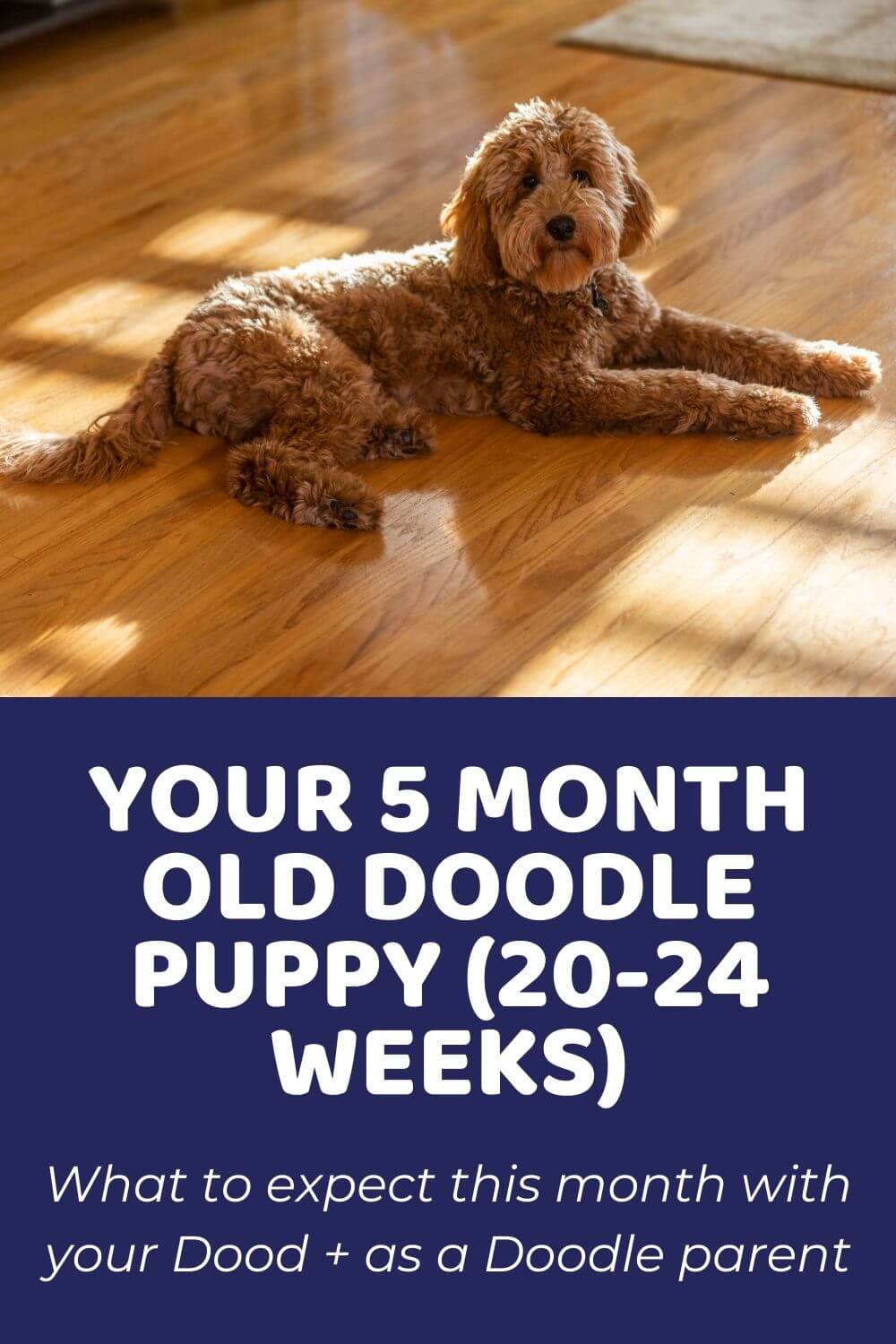
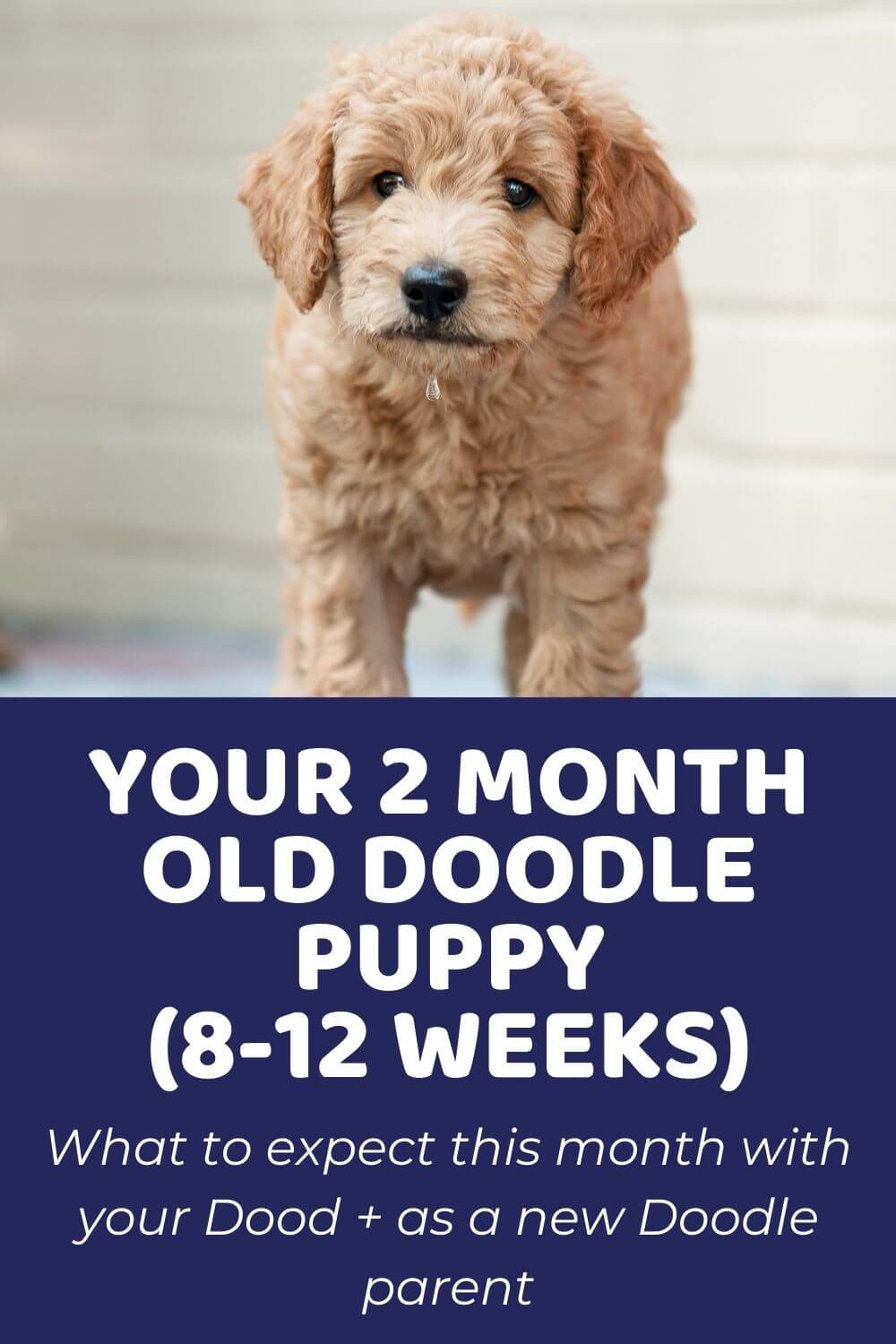
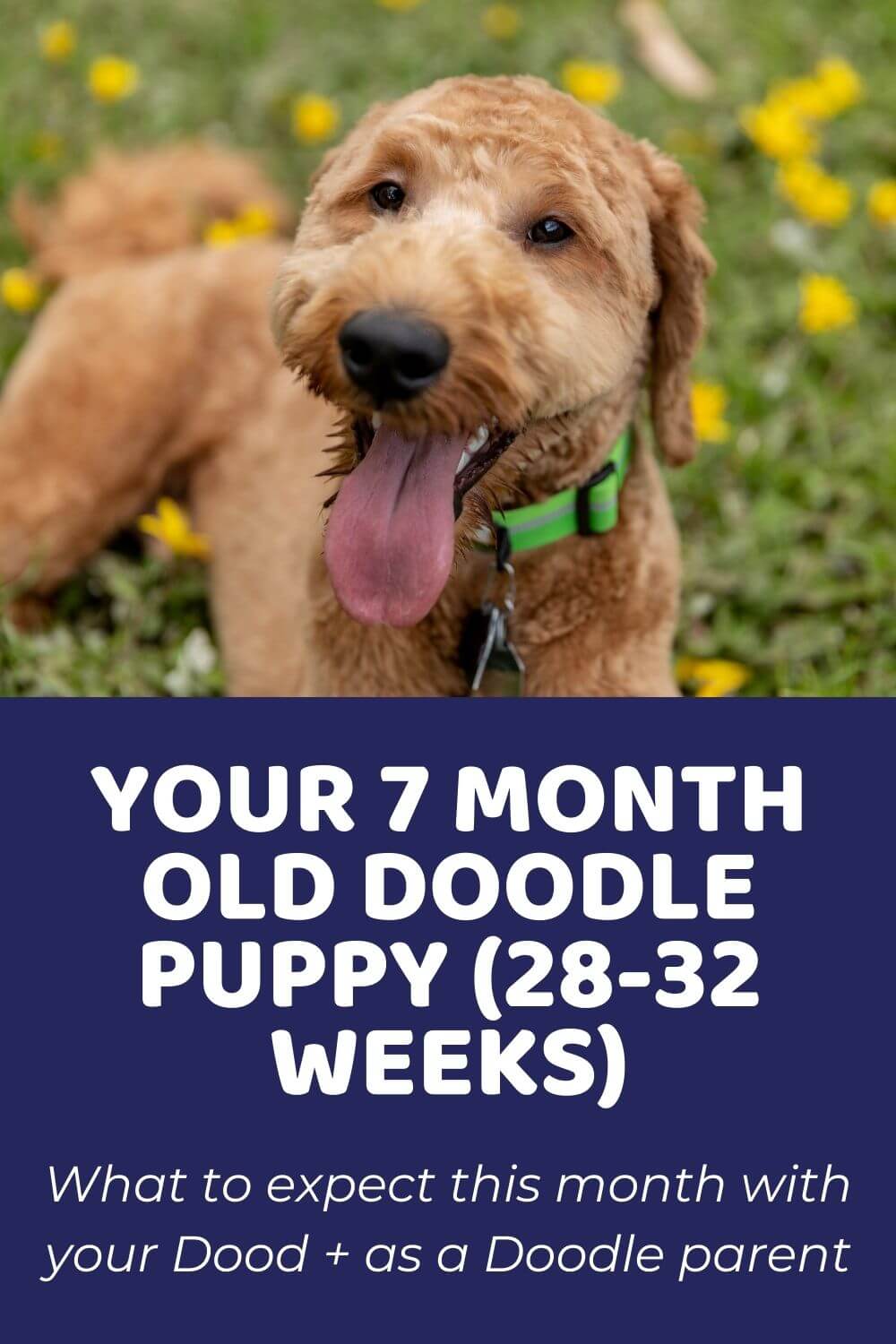
He has three breeds any lab golden retriever and a poodle So how How big do you think he will be and will he be curly or wavy
October 26, 2021 at 6:01 am